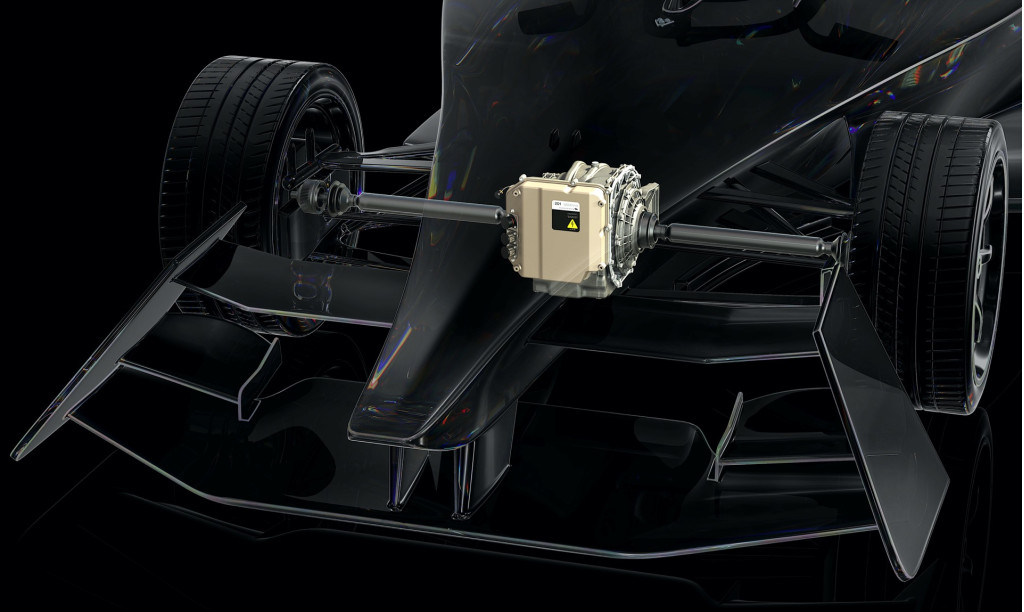California’s Lucid Motors on Wednesday confirmed that it’s supplying the standard front drive unit for “the world’s leading single-seater electric racing series.”
Yes, that’s Formula E, and it’s an exciting tie-in to a production EV, as details continue to trickle out on sourcing of components for Gen 3 Formula E cars—even with one race, Mexico City, in the rearview mirror.
The unit Lucid is supplying accomplishes a stunning 14.7 hp/kg and combines motor, inverter, differential, and transmission, altogether weighing just 70.5 pounds and producing 469 hp, with a maximum rotor speed of 19,500 rpm.
Each team can choose its own rear motor unit but will be using the Lucid unit up front, mounted in the race car’s nose and there primarily to help the front wheels recover up to 250 kw of regenerative energy. With the maximum regeneration capability more than doubled in the Gen 3 car, to 600 kw, and the car itself lighter and more agile, it’s bound to help make the races more exciting to watch this season.

Lucid drive unit for Formula E
The technical specs for the energy density and overall lightness of Lucid’s race motor are just as impressive as they are for the one used in its production car. That’s because it is in some respects the same motor. The unit, termed the “micromotor” internally within Lucid, is about a half-scale version of its existing motor unit in the Air, and it incorporates some of the same design traits, such as the microjet cooling strategy and the same continuous-wave winding underscored in a video all about Lucid’s motors from CEO/CTO Peter Rawlinson and Powertrain VP Emad Dlala.

Lucid's Rawlinson and Dlala presenting drive unit
This isn’t Lucid’s first time supplying a key component to Formula E. For four seasons in the Gen 2 car, it applied expertise from its battery and motorsports unit Atieva to supply the 54-kwh battery packs that transformed the race series, allowing a single charge for each race, rather than two separate cars.
Rawlinson, as he’s revealed in previous conversations with Green Car Reports, tends to be skeptical about how widely racing technology jumps from pit lane into production vehicles. Here, Lucid is showing quite the opposite, bringing what’s essentially a scaled-down version of the drive motor from the production Air sedan to a rather different use case.

Lucid Air Sapphire
Although with its ultra-high-performance, tri-motor Lucid Air Sapphire arriving for deliveries later this year and likely to make some high-speed runs and track records of its own, it’s quite possible that there will be some race findings that do make their way back.













